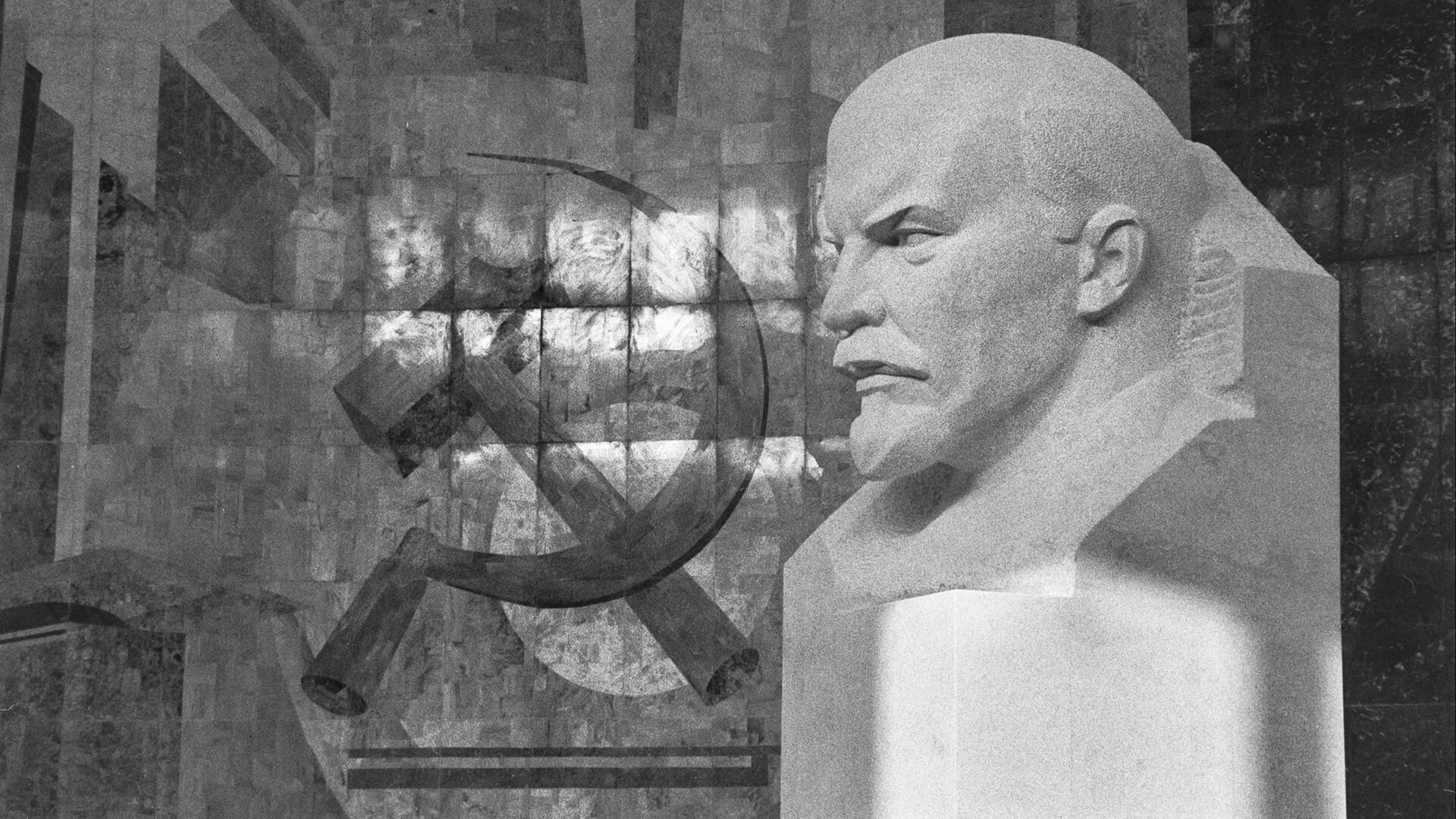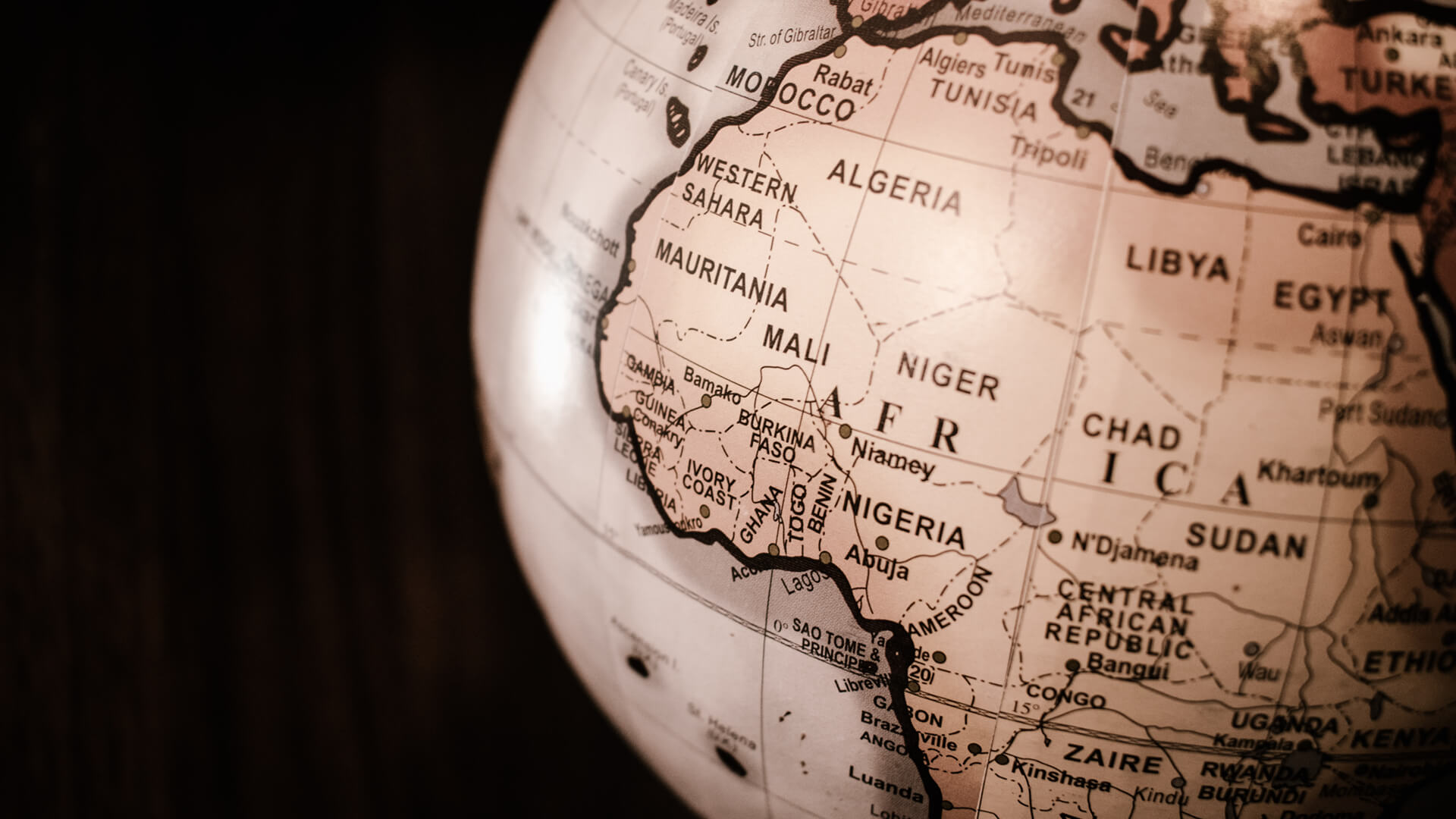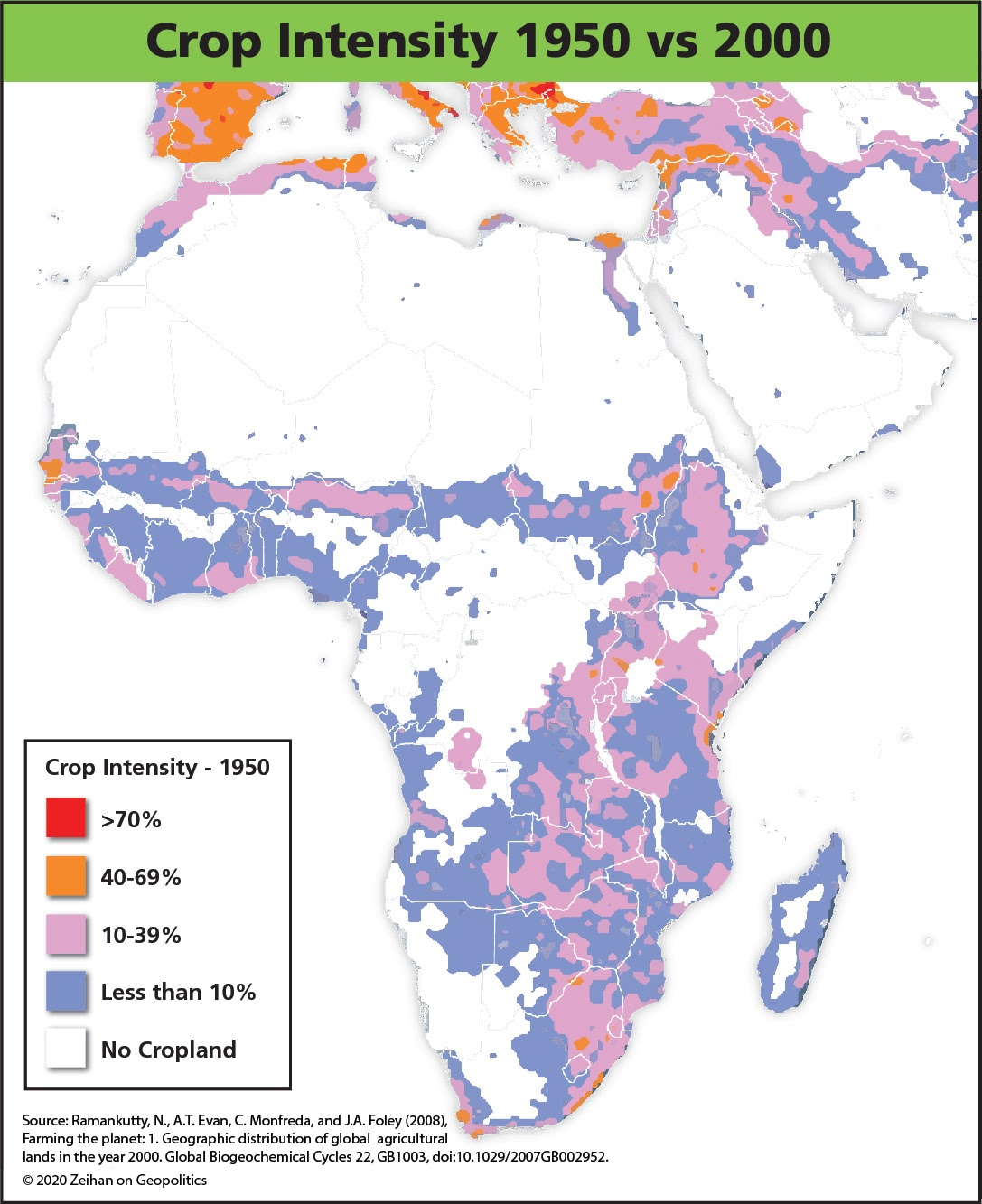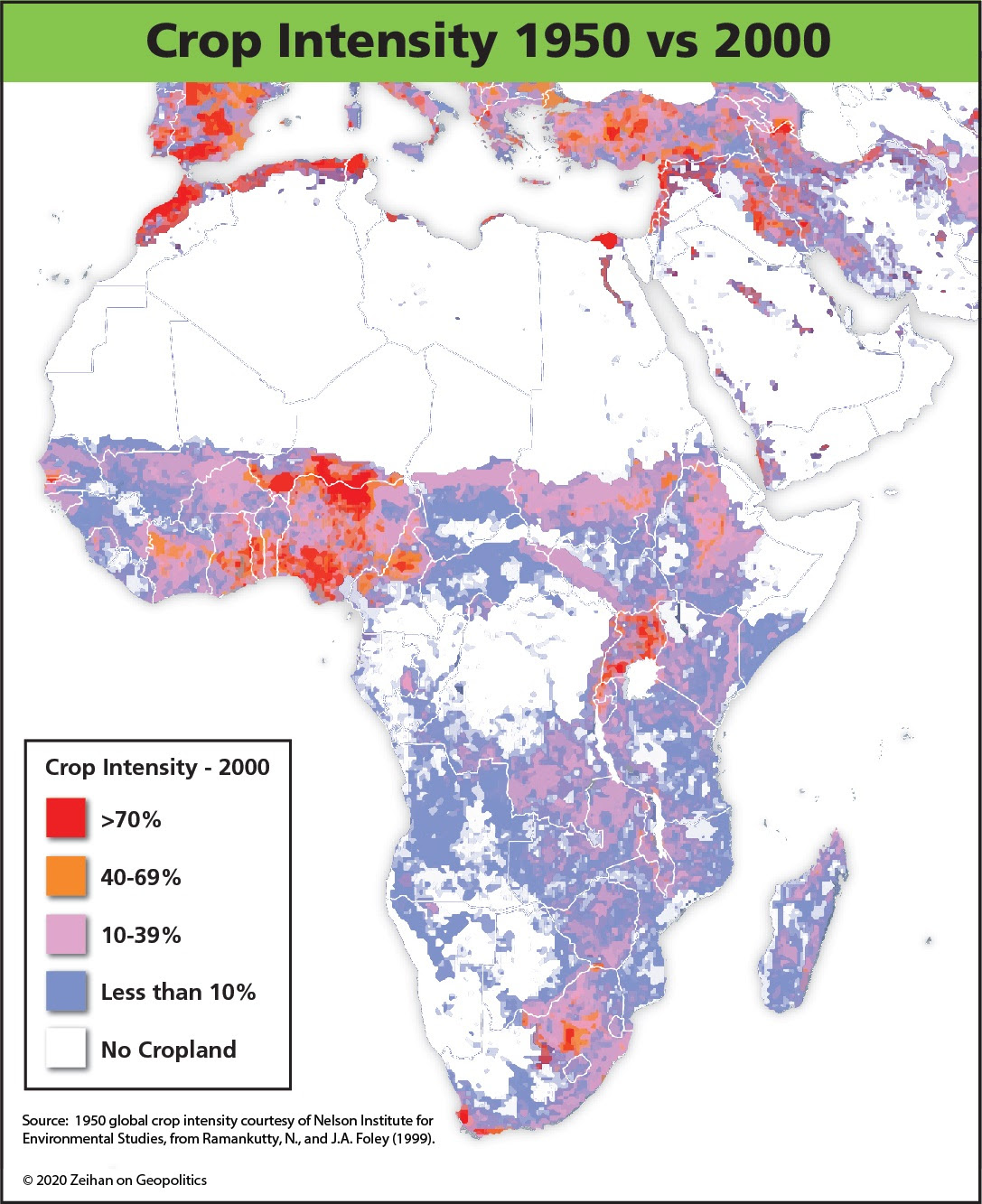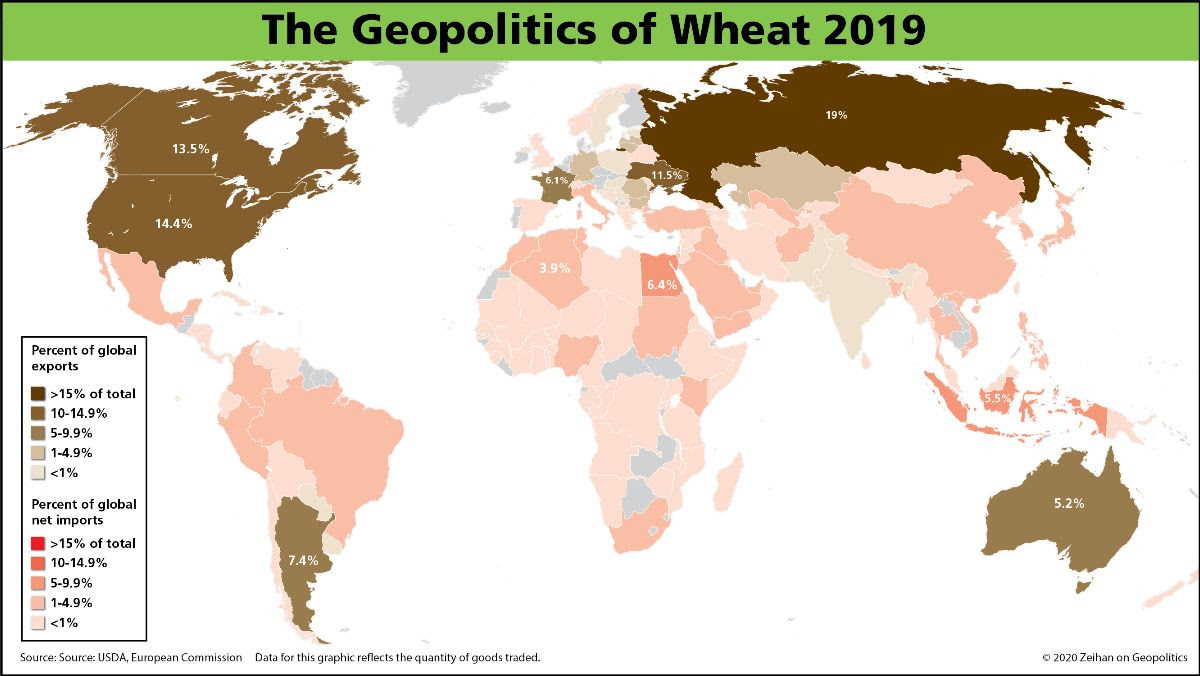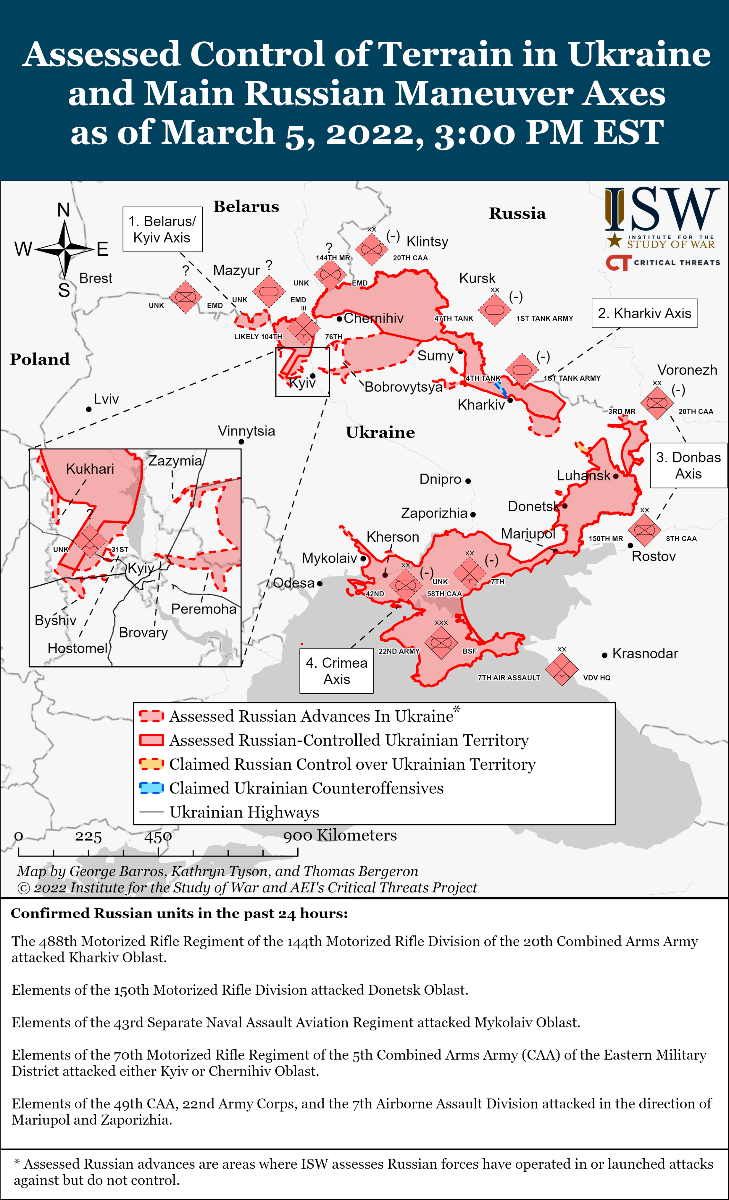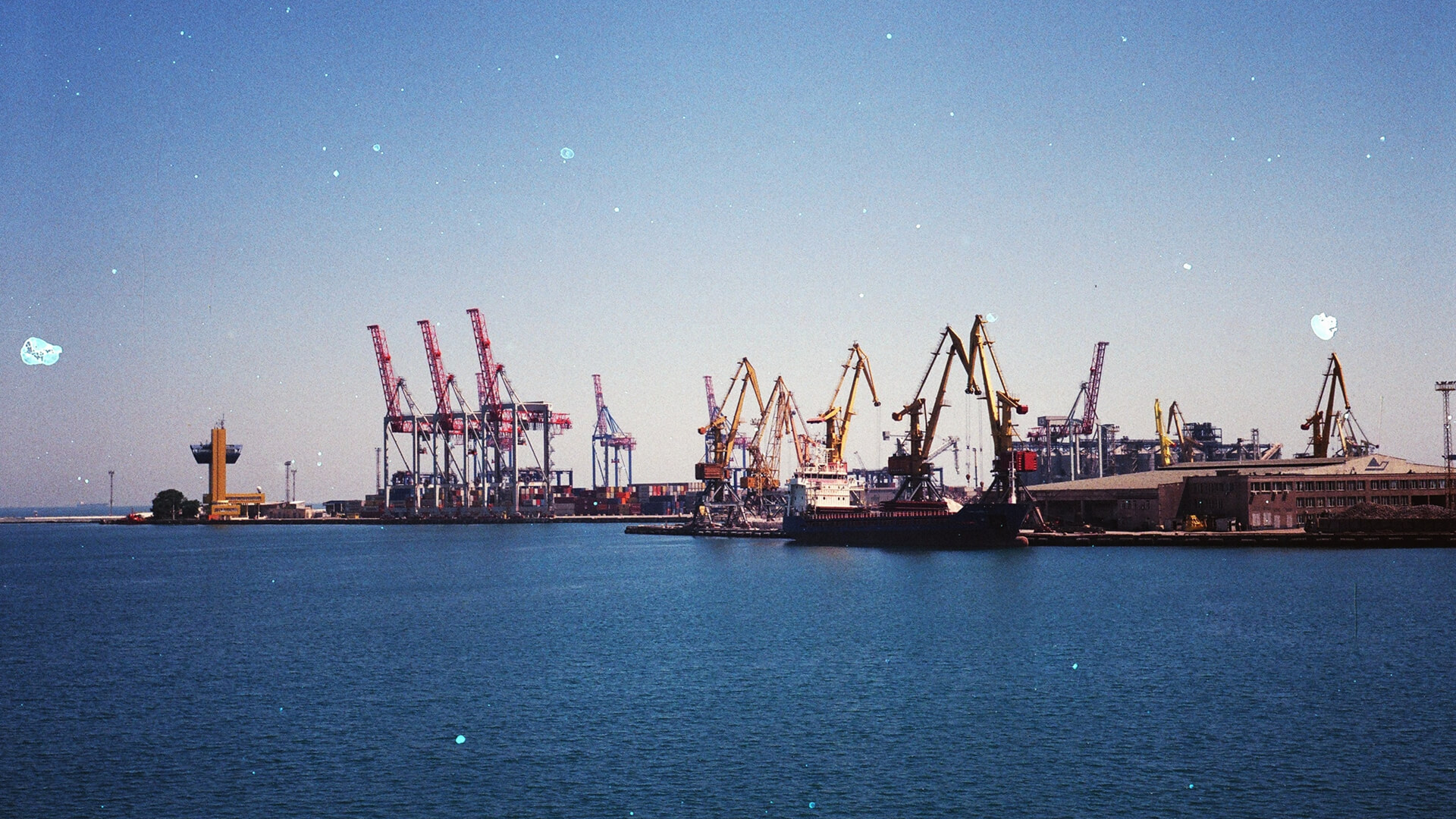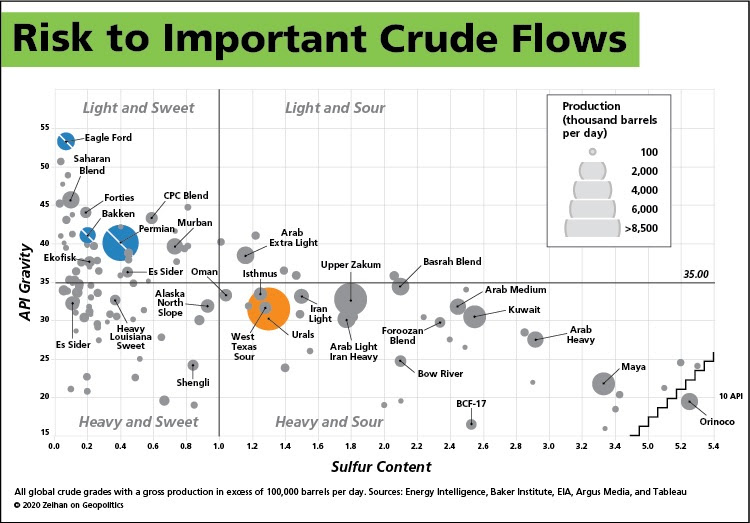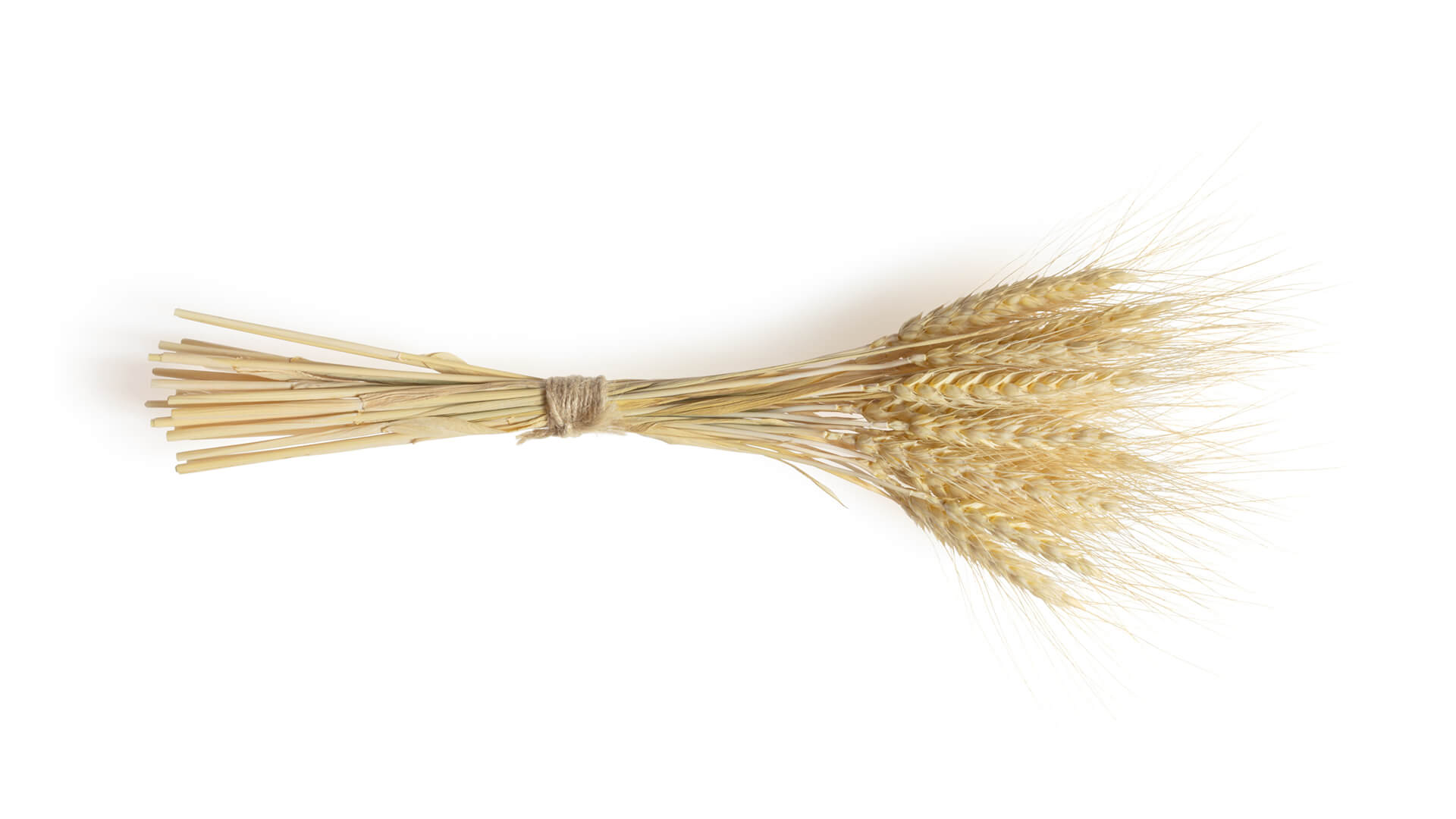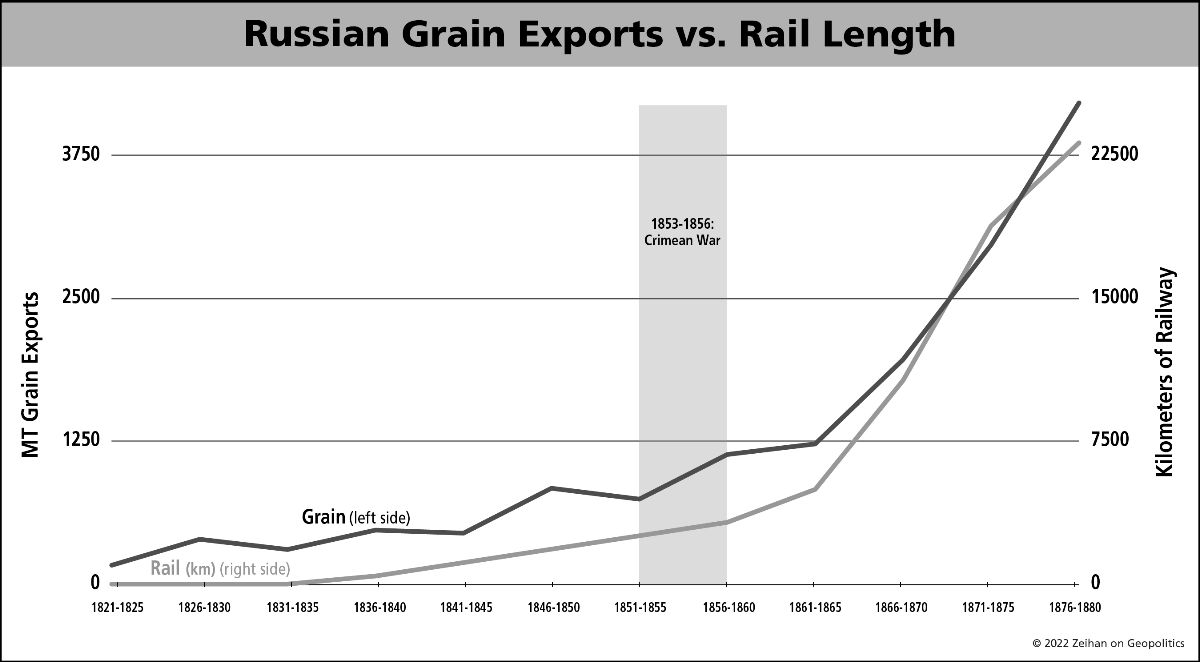Demographics is one of the cornerstones of how we understand the world here at Zeihan on Geopolitics. Few countries have had as difficult a series of demographic challenges as the Russians.
Beginning with World War I, the Russians faced serious demographic headwinds. The Soviet famine between the mass casualty events of the two World Wars did the population few favors. The move toward urbanization and the packing in of Russian families into state-built tenement multifamily housing pushed birthrates down. As did the economic downtown of the late Soviet era.
Russia’s population is unlikely to grow again in any significant manner. They’re not alone here; South Korea, Japan, most of Europe have terminal demographies. But Russia also faces a mix of relatively low life expectancy leading to a caving out of expertise and the general Russian “brain trust.”
We see this everywhere. In Russian industry and innovation. In their crumbling infrastructure. And most important, in their government and military. There is not an emergent cadre of young leaders ready to step up to the plate. The last time Russia could boast a bunch of starry (or hammer-and-cycle-eyed) youths with big plans for the future? The late 70s and 1980s. Putin’s generation. And after decades of intimidating or eliminating and arresting rivals, there are precious Russians left who have meaningful statecraft experience that were not brought up in the Soviet Era.
Here at Zeihan On Geopolitics we select a single charity to sponsor. We have two criteria:
First, we look across the world and use our skill sets to identify where the needs are most acute. Second, we look for an institution with preexisting networks for both materials gathering and aid distribution. That way we know every cent of our donation is not simply going directly to where help is needed most, but our donations serve as a force multiplier for a system already in existence. Then we give what we can.
Today, our chosen charity is a group called Medshare, which provides emergency medical services to communities in need, with a very heavy emphasis on locations facing acute crises. Medshare operates right in the thick of it. Until future notice, every cent we earn from every book we sell in every format through every retailer is going to Medshare’s Ukraine fund.
And then there’s you.
Our newsletters and videologues are not only free, they will always be free. We also will never share your contact information with anyone. All we ask is that if you find one of our releases in any way useful, that you make a donation to Medshare. Over one third of Ukraine’s pre-war population has either been forced from their homes, kidnapped and shipped to Russia, or is trying to survive in occupied lands. This is our way to help who we can. Please, join us.

